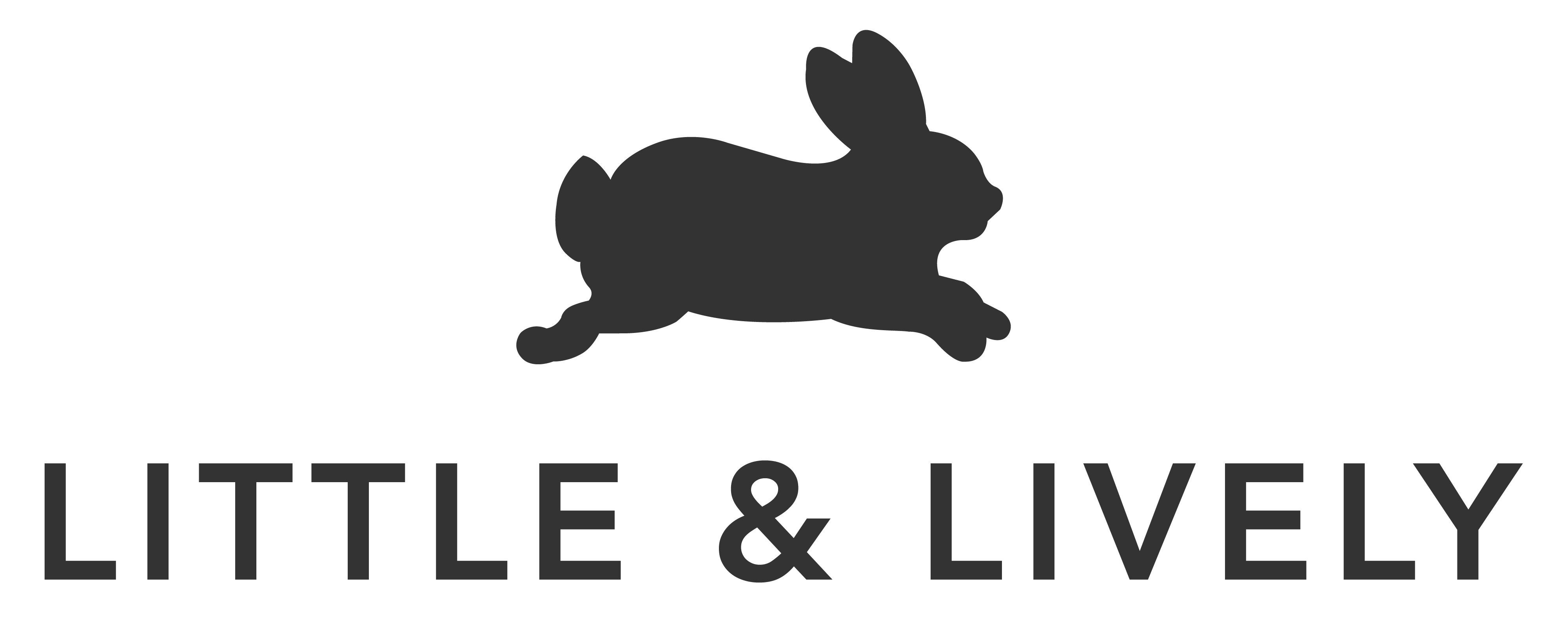How to Find the Best Baby Clothes for My Newborn That Are Soft and Durable?
Welcoming a newborn into the world is an exciting and joyous occasion. As a parent, you want nothing but the best for your little one, especially when it comes to clothing. Finding the perfect baby clothes that are both soft and durable can be a challenging task. In this article, we'll provide you with essential tips and guidelines to help you select the best baby clothes for your newborn, ensuring their comfort and happiness.
Why Softness and Durability Matter?
Before delving into the tips for finding the best baby clothes, let's understand why softness and durability are crucial factors to consider. Babies have delicate and sensitive skin that requires gentle care. Soft fabrics prevent irritation and rashes, ensuring your little one remains comfortable throughout the day. On the other hand, durable clothes can withstand frequent washing and wear, making them last longer, saving you time and money.
1. Opt for Natural Fabrics
When selecting baby clothes, it's best to choose natural fabrics such as organic cotton, bamboo, or merino wool. These materials are incredibly soft, breathable, and hypoallergenic, reducing the risk of skin irritations and allergies. Moreover, natural fabrics are more eco-friendly, contributing to a safer and healthier environment for your child's future.
2. Look for Tagless Designs
Tags and labels on baby clothes can be scratchy and uncomfortable for your newborn. Look for tagless designs or clothing where the tags are printed on the fabric to avoid any potential irritation. This way, your little one can move freely without the annoyance of scratchy tags.
3. Prioritize Seams and Stitches
Inspect the seams and stitches of the baby clothes carefully. Opt for garments with flat or covered seams, as they prevent chafing and irritation on your baby's sensitive skin. Reinforced stitches add to the durability of the clothing, ensuring they can withstand multiple washes and everyday wear.
4. Consider Clothing with Stretch
Babies are constantly growing, and their comfort is essential. Choose baby clothes that have a bit of stretch to accommodate your newborn's growth. Stretchy fabrics, like spandex blends, provide flexibility and ensure the clothes fit well over a more extended period.
5. Pay Attention to the Fastenings
Baby clothes come with various fastenings, such as snaps, buttons, and zippers. Opt for clothing with smooth and easy-to-use fastenings to simplify diaper changes and dressing your baby. Be cautious of small parts that could pose a choking hazard and avoid clothes with embellishments near the neck area.
6. Check for Safety Standards
Safety should always be a top priority when selecting baby clothes. Ensure that the garments meet safety standards and regulations. Look for clothing that is free from harmful chemicals and dyes, as babies may put their clothes in their mouths. The Consumer Product Safety Commission (CPSC) guidelines are a good reference to follow.
7. Read Reviews and Recommendations
Before making a purchase, read reviews and seek recommendations from other parents. Real-life experiences can offer valuable insights into the softness, durability, and overall quality of the baby clothes. Online parenting communities and forums are excellent places to connect with experienced parents who can provide helpful suggestions.
8. Consider Seasonal Needs
Keep in mind the seasonal needs when selecting baby clothes. Choose lightweight and breathable fabrics for warmer months and opt for warmer and layered options for colder seasons. Layering allows you to adjust your baby's clothing to keep them comfortable throughout changing weather conditions.
9. Buy a Variety of Sizes
Babies grow quickly, so it's wise to purchase baby clothes in different sizes. Newborn sizes are adorable, but your baby may outgrow them faster than expected. Having a variety of sizes on hand will ensure your little one always has clothes that fit comfortably.
10. Invest in Quality Brands
While it may be tempting to choose cheaper options, investing in quality baby clothes from reputable brands is a smart decision. These brands often use better materials and adhere to higher production standards, offering superior softness and durability.
Conclusion
Selecting the best baby clothes for your newborn doesn't have to be a daunting task. By prioritizing softness, durability, safety, and comfort, you can make well-informed choices that ensure your little one remains happy and cozy in their clothes. Remember to opt for natural fabrics, check for safety standards, and read reviews to make the best decisions.
{finish}
FAQs (Frequently Asked Questions)
-
How often should I wash my baby's clothes? It's recommended to wash baby clothes before the first wear and thereafter, whenever they become soiled. Frequent washing helps maintain hygiene and keeps your baby comfortable.
-
Can I use fabric softeners on my baby's clothes? It's best to avoid fabric softeners as they may contain chemicals that can irritate your baby's delicate skin. Instead, opt for natural and hypoallergenic detergents.
-
Are hand-me-down baby clothes safe for my newborn? Hand-me-downs can be safe as long as they meet current safety standards, have no damage, and are properly cleaned before use.
-
How can I remove stains from baby clothes effectively? For common stains like formula or food, pre-treating with a mild detergent and warm water before washing usually does the trick.
-
When should I transition my baby to the next clothing size? Babies grow at different rates, but as a general guide, it's time to transition to the next size when the current clothes become tight or too short for your little one.
